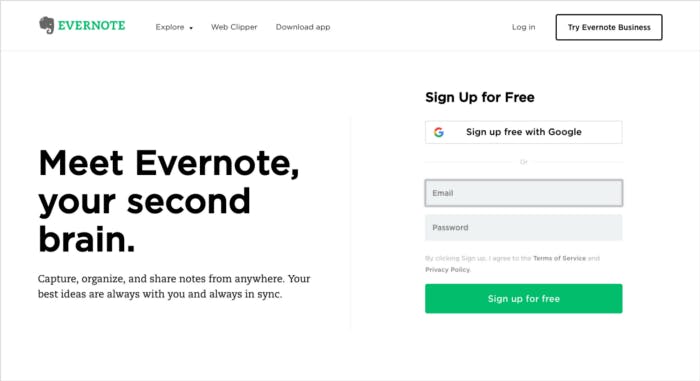Brand Messaging is Not Copy – And That’s a Big Deal

Behind every compelling line of copy is a rock-solid messaging strategy. And behind that messaging strategy is a well-informed brand strategy. And behind that brand strategy is a smart business strategy. And… we’ll stop there.
Let’s get back to messaging and copy. Both strive to achieve the same goal: to effectively communicate your unique selling proposition (USP), or the key differentiators that set you apart from your competition, to your current and prospective clients.
But messaging has got to steer the ship. Why? Because messaging defines the value your brand offers — the what. Copy takes your message and communicates the core ideas to your audience clearly and delightfully. It explains the how behind the what.
Makes sense, right? But that distinction is everything. The difference between messaging and copywriting is crucial to your brand strategy and content marketing efforts. Here’s why:
It tells you where to invest your resources.
Understanding the various stages of content strategy and development helps you determine where to allocate your budget and efforts, and when. It helps you avoid fruitless churn (and ensuing headaches).
For example, maybe your marketing page conversion rates aren’t high enough. Does that mean your copy needs to be rewritten, or does it indicate something deeper? It’s crucial to discern the true cause of the problem — or else you won’t be able to fix it strategically.
Your messaging strategy will evolve.
Business moves fast. Your products improve, the competitive landscape evolves, and teams grow and change. All of this can necessitate adjustments to your messaging strategy. And that will directly affect your marketing copy.
It can be tempting to update your messaging to align with new value propositions proliferating your market. Let’s say everyone seems to be focused on promoting their all-in-one technology right now. Should you? Without supporting user research and analysis, you can’t make a meaningful promise — and while copywriting can do a lot for your business, it can’t fix a muddy business strategy.
Copy does what messaging can’t.
Messaging is foundational. Remember, even though the strategy will evolve with your business, your USPs — and therefore your messaging — shouldn’t change dramatically. Without messaging, copy is just words. But with that solid structure in place, copy can really shine.
Copywriting is a chance to be creative. To find new and interesting ways to inject your brand personality into any touchpoint and inspire an emotional response that resonates with your audience.
Here are some examples of brands who leverage copy in a way that gets the message across clearly using novel language:


Conclusion
The difference between brand messaging and copywriting may seem nuanced, but it’s essential to the success of your content marketing efforts — from your value proposition to that H1 headline on your product page.



